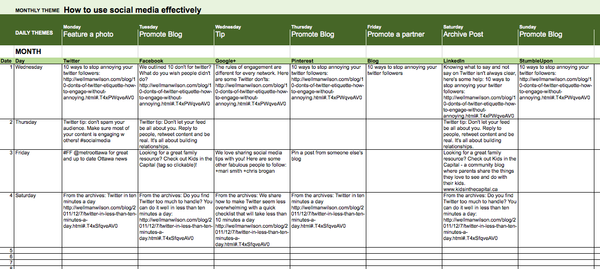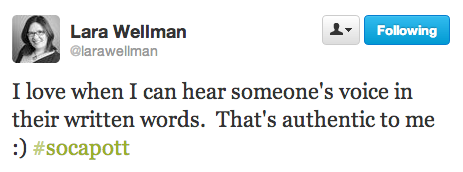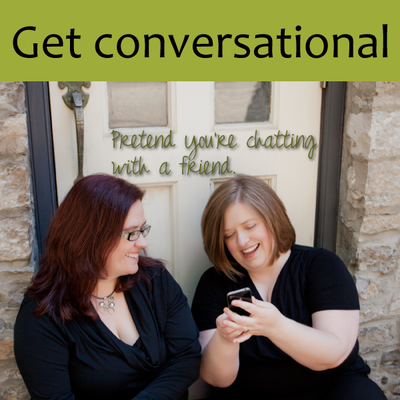Are you introducing a new program? Running an event that’s going to be amazing? Offering all kinds of incredibly valuable products and services that nobody is buying?
Sometimes we need to take a step back from what we’re doing to make sure that we really and obviously explained to people what’s in it for them to buy or take part in something.
Figure out the key value points
First, think about what the main value is of what you’re offering. What will people get or what problem will it solve?
Try to come up with three to five things. It could be that they’ll learn something, it could be that they’ll feel better, it could be that they’ll meet like-minded people. Having these values in writing will help you get better at selling.
Share that information in detail somewhere
Now you want to really explain the value. This is where a blog is really useful. If you don’t have that, a product page or a post on Facebook or on other social media networks will work. Write out in about 500 words (this is more of a blog post guideline) what the value is. Break it up in much the way this post is done with sub-headings that jump out (download our free infographic on the key parts of a great blog post).
Value one – two to three sentence description explaining how that will translate for them.
Value two – what is going to change for them as a result of taking part or buying your product.
Value three – what tangible learning point or thing will they get out of buying?
Use plain language
Sometimes one of our biggest weaknesses is not realizing that other people don’t understand the way we speak. As much as possible, break things down as simply as possible. Try not to think of this as “dumbing down” your content, but instead think of it as making it easy to read quickly and simple to understand.
How plain and simple your content is also depends on who you’re talking to. If you’re offering an advanced class in something you’re going to speak in a language that makes it clear that this isn’t for beginners, but take the time to think that through. You want to ensure that people don’t feel overwhelmed when they’re exactly who you’re hoping to have take part in something.
End with a call to action
One of my biggest weaknesses in business in the past has been to tell people all about the things that I do, but fail to make it clear and easy for them to actually start working with me. I think that’s something a lot of people feel uncomfortable with and worry feels pushy.
Here’s the thing though – people often don’t think to take the action you’re hoping that they’ll take. You need to make it as easy and straightforward as possible for them to do the thing you want them to do.
State the call to action – Download this free infographic now, sign up for the class now <insert a link for them to sign up>, buy this amazing widget here <insert a link for them to buy>.
By clearly explaining the value of what you’re offering and making buying or taking whatever action you want them to take as simple as possible you are far more likely to convert your readers to customers.
Leave a comment and let me know if you have anything to add or experience with making this work!








